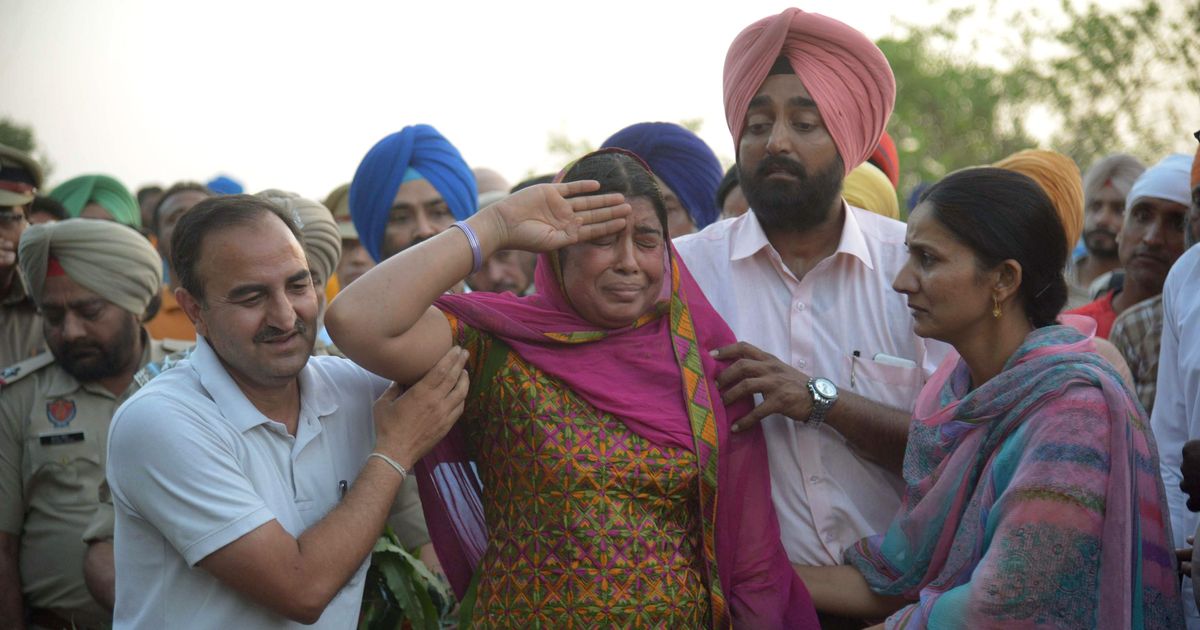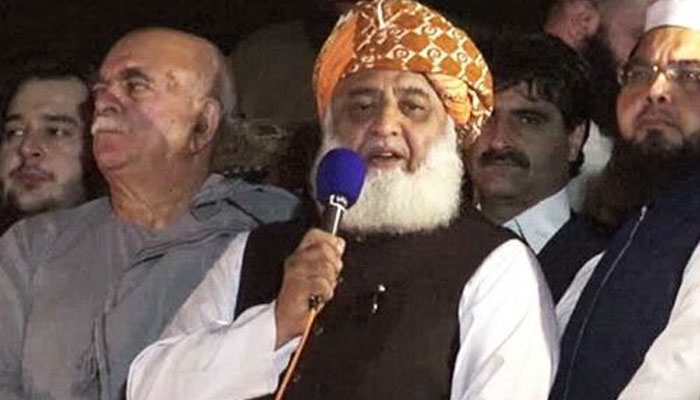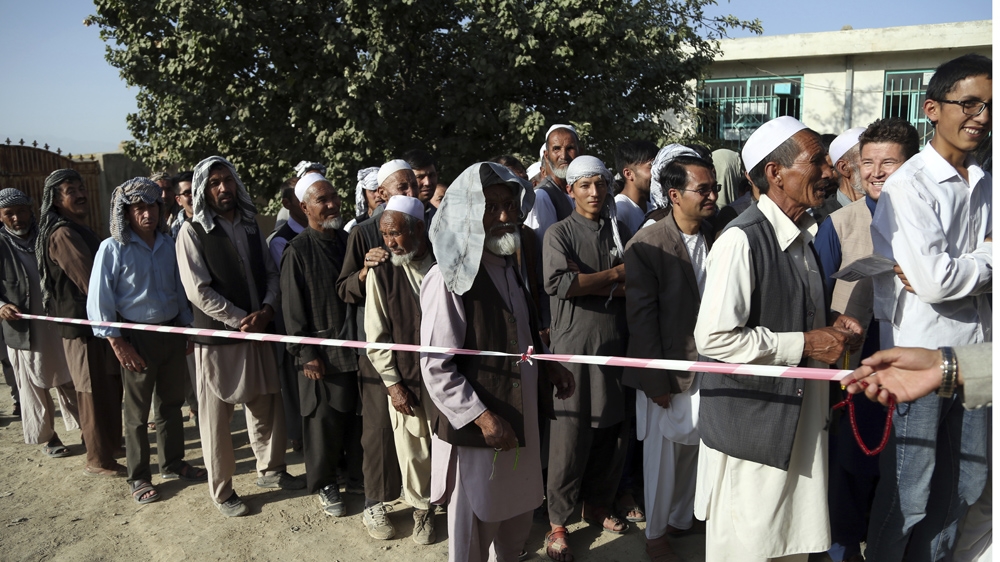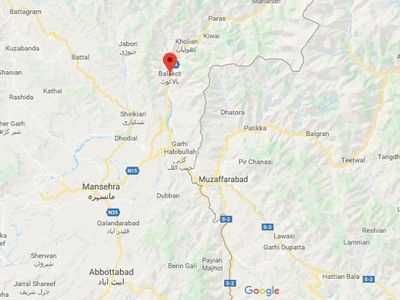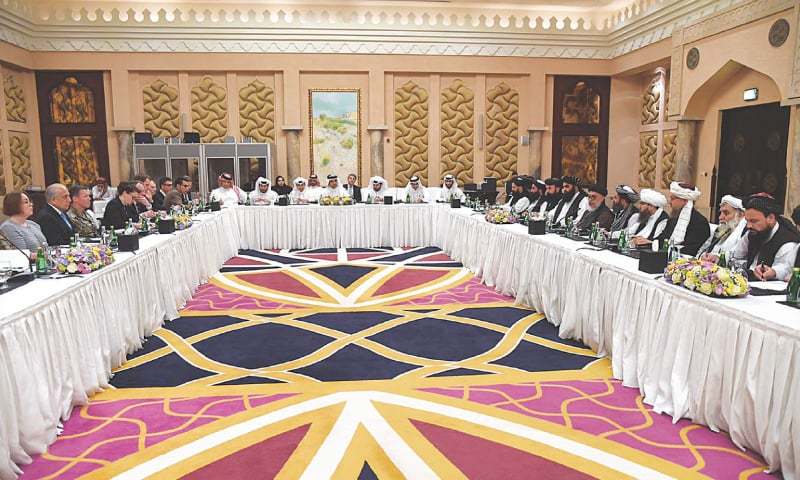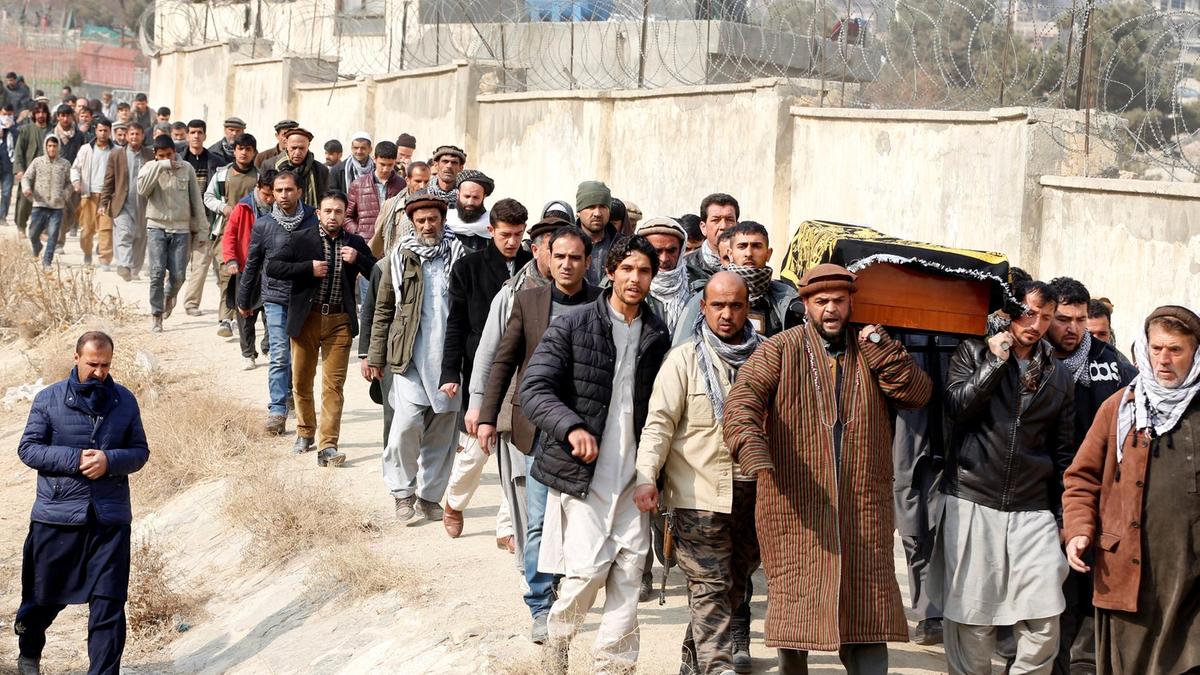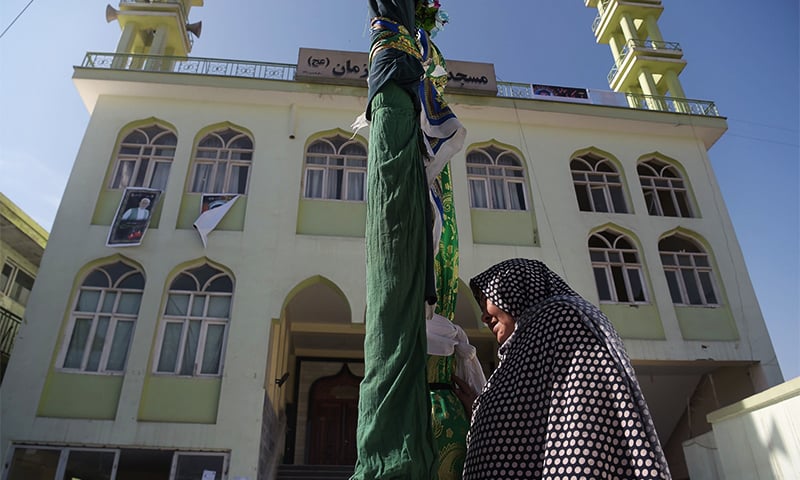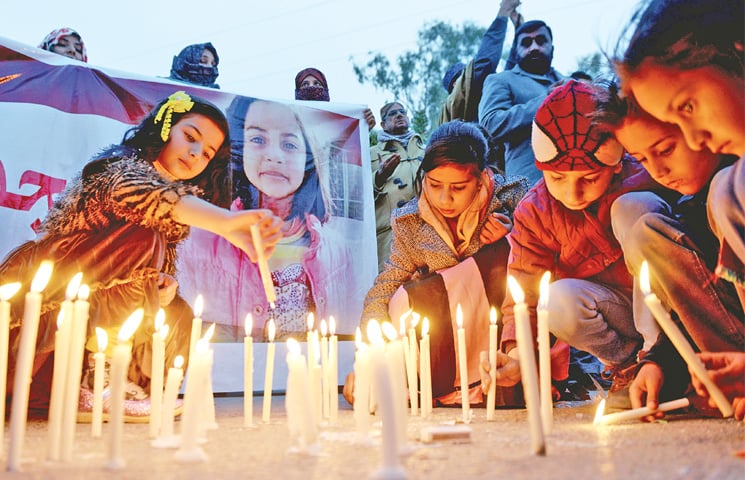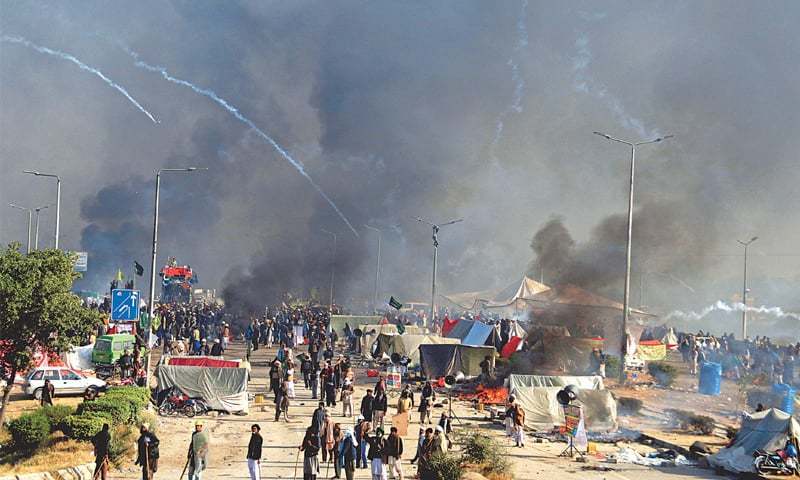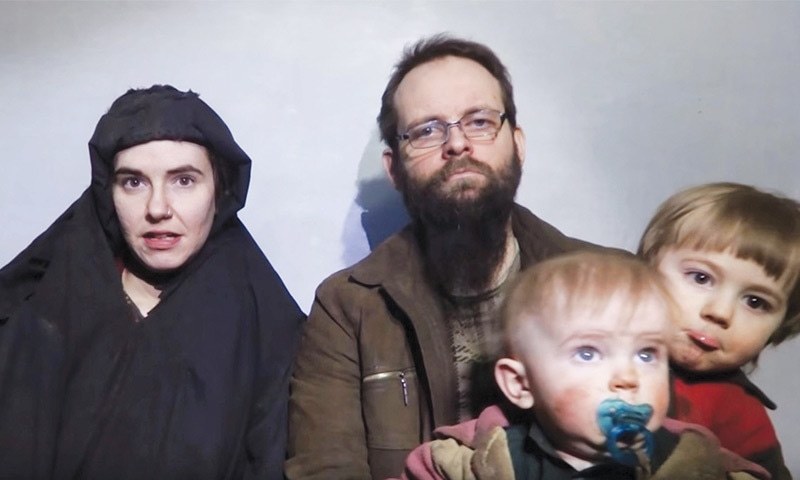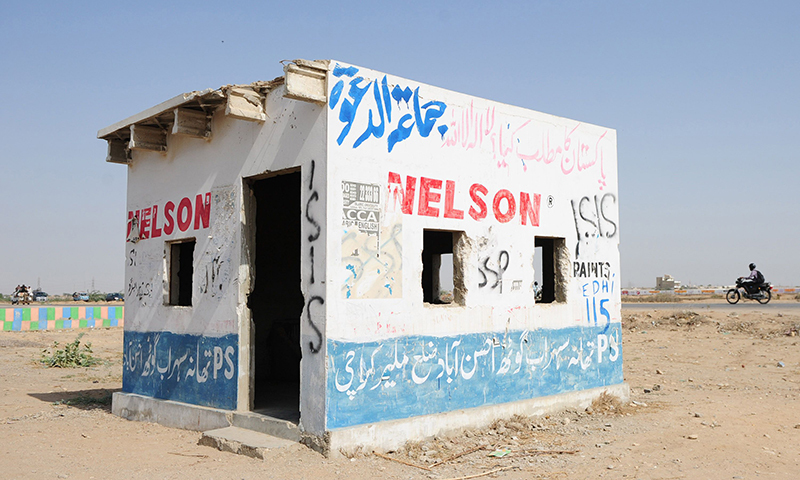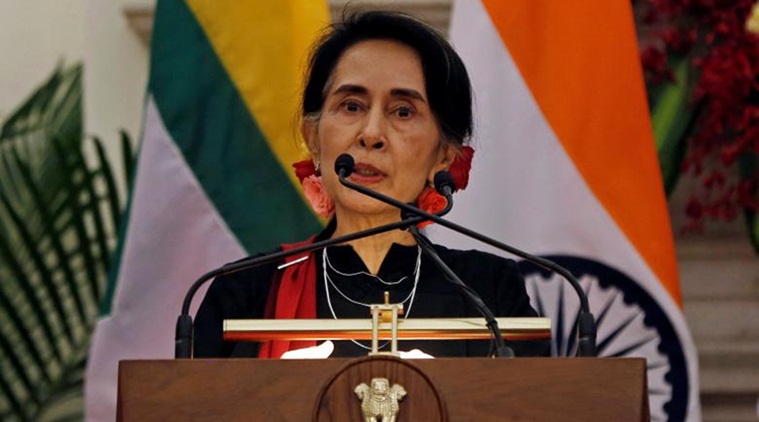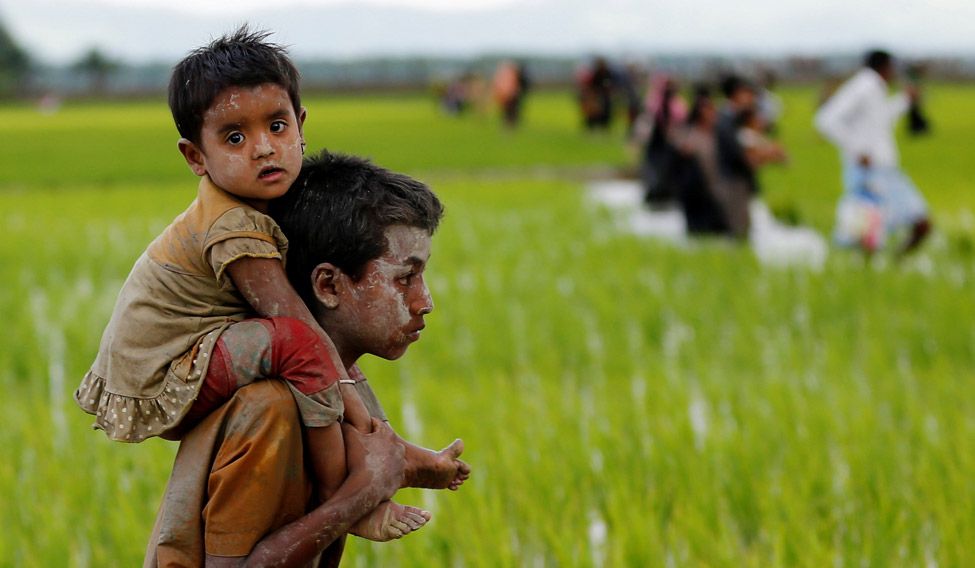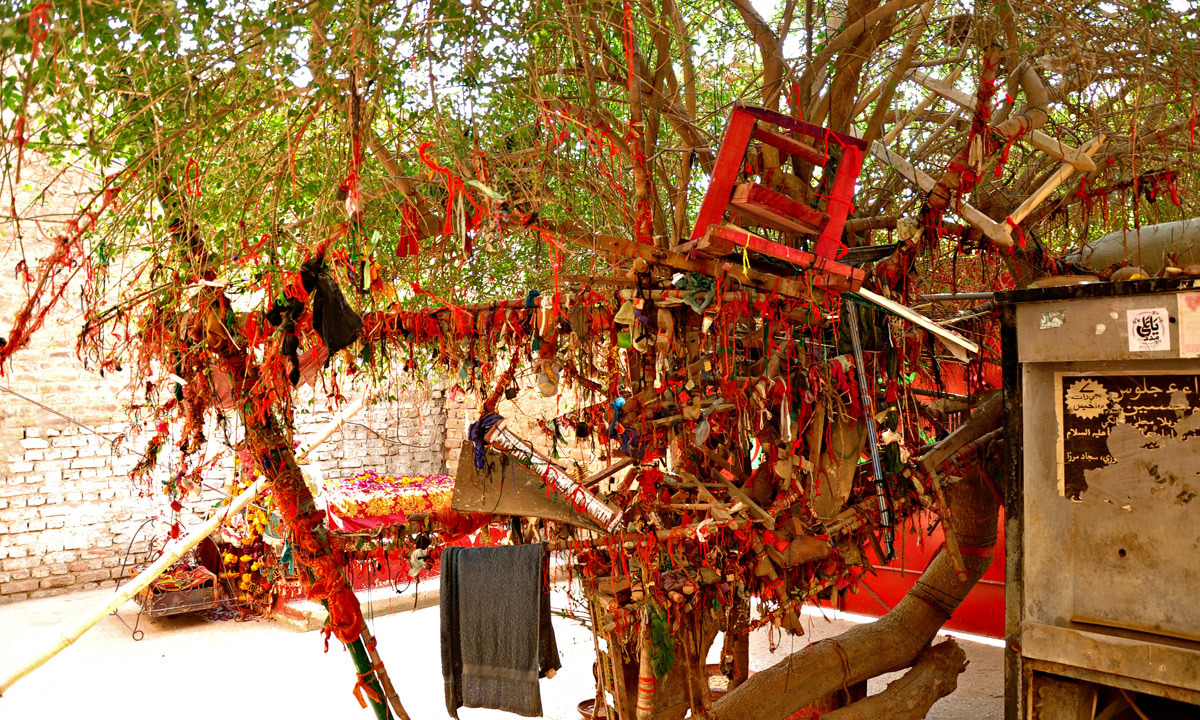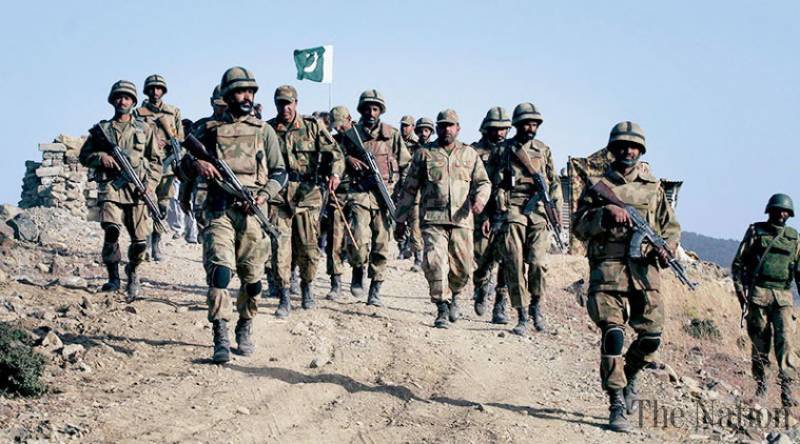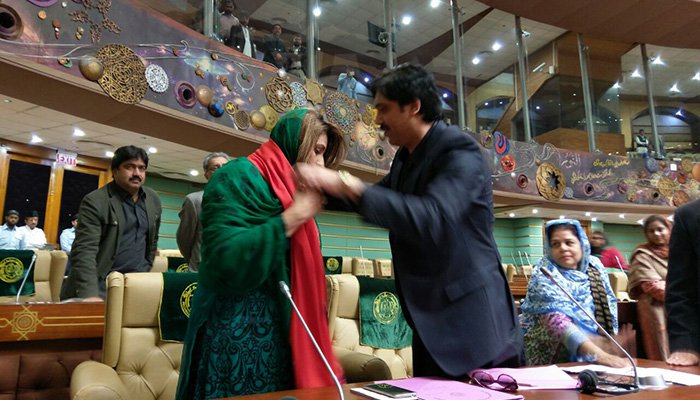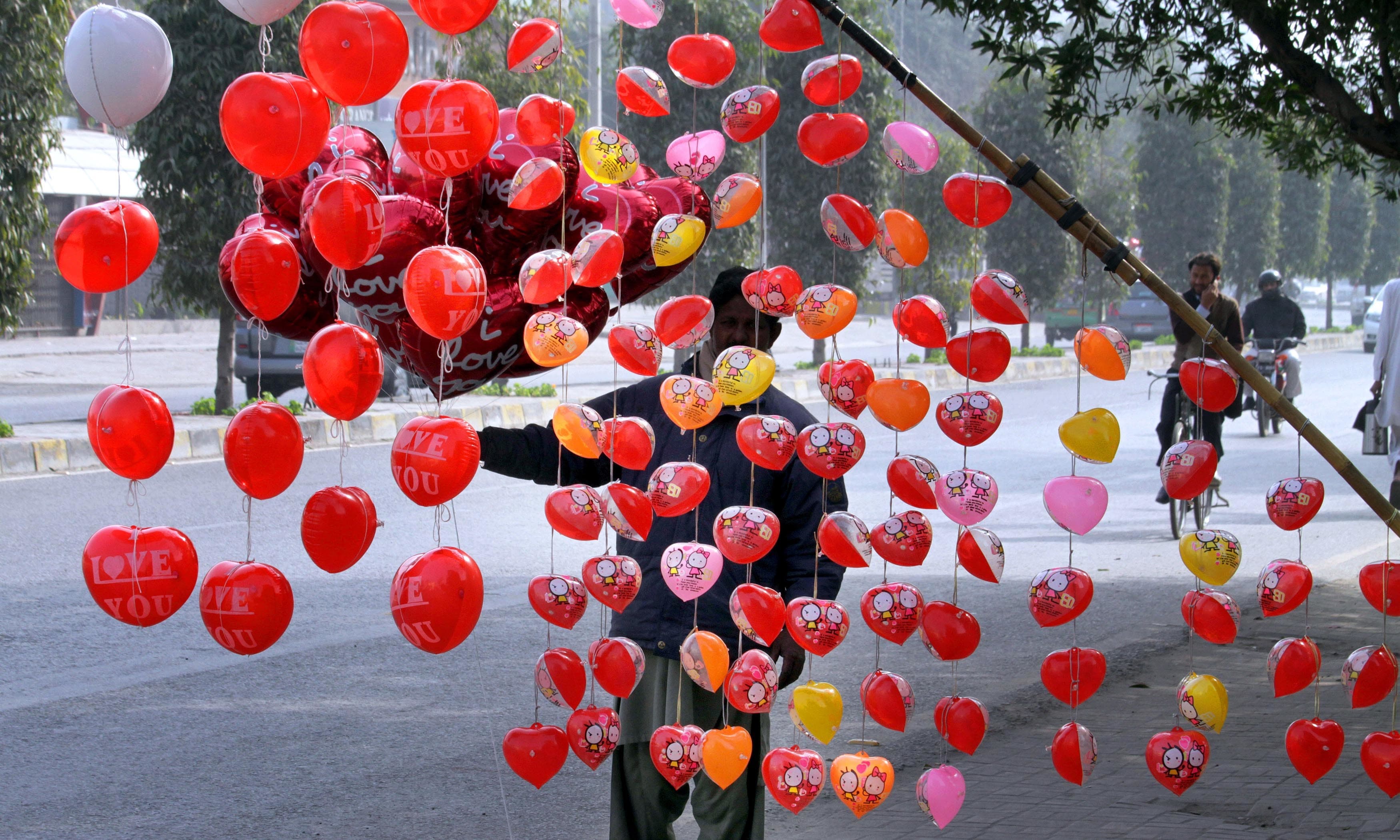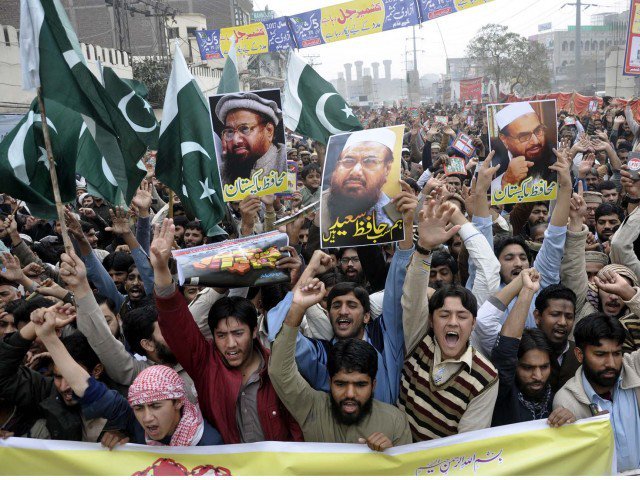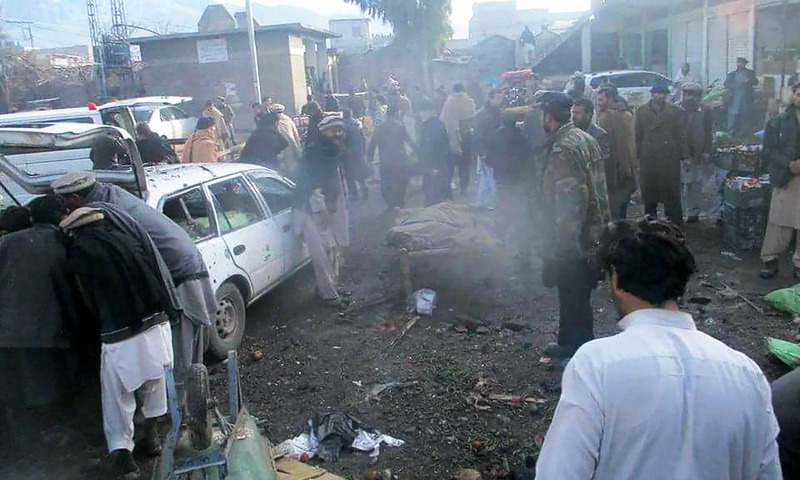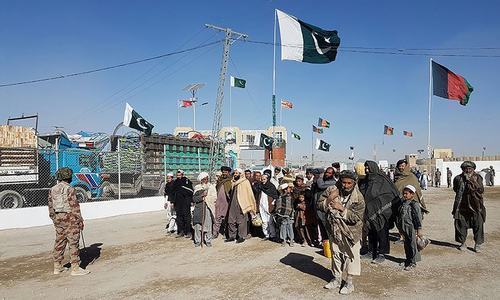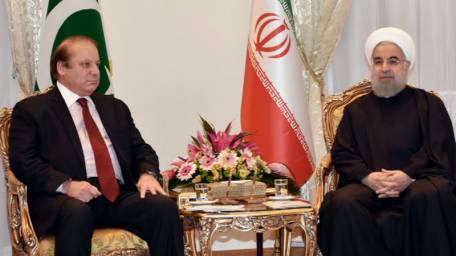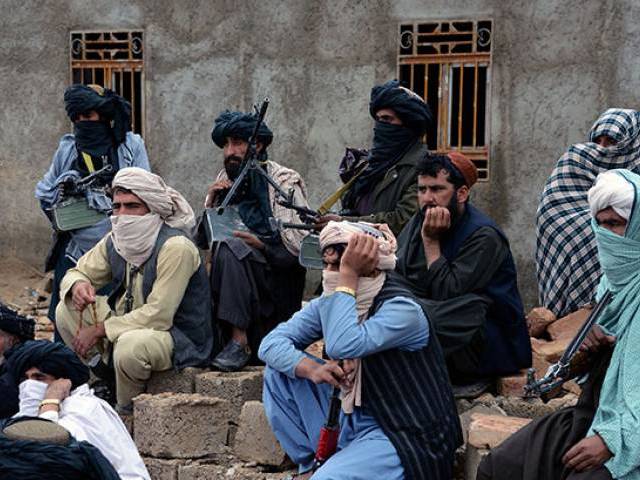CR Comment
D. Suba Chandran
Professor
International Strategic and Security Studies Programme (ISSSP)
National Institute of Advanced Studies (NIAS), Bangalore
A recent commentary in the New York Times titled “The Wrong Enemy in Afghanistan” calls for the US focussing more on a peace deal with the Taliban than being obsessed with the Islamic State in Khorasan. Should the US or the countries in the region – especially Pakistan and Afghanistan make such a distinction? Is fighting the Islamic State in the region a distraction from any other larger and urgent task?
True, Islamic State in the region may be a smaller group when compared to the Taliban. But should the size matter, when fighting a militant group? Does the strength of matter while confronting a virulent ideology that is targeting the fundamental fabric of our society?
A bean-counting approach towards the IS may become counterproductive to the region. Even during its heyday, the al Qaeda and its leadership did not command the majority support in any of those countries where it had a presence. A section in those societies (where al Qaeda was present) may have sympathesized with bin Laden’s objectives and even shared his anti-West (more importantly anti-US), but did not provide foot soldiers in huge numbers to fight in the ground. Despite the small presence of South Asians in its fighting force, the al Qaeda did wreck havoc in the region. Given the contemporary reality, size of a militant group or its physical presence does not matter to what it could effect.
While looking at the Islamic State, let us look beyond the actual numbers – in terms of fighters on the ground. Irrespective of the size or the physical presence of its leadership – the harsh reality is the expanding footprints of the Islamic State in the Af-Pak region. Given the nebulous nature of its leadership in the region, it is possible, it could spread (if it has not already) to rest of South Asia as well. Recent developments in Bangladesh do highlight this fear.
In terms of ideology, the Islamic State is perhaps the most radical among other militant groups, including al Qaeda and the Taliban. And in terms of target, the Islamic State chooses a softer one – the Shias and Sufis in South Asia. Both make the Islamic State more virulent than any of the other groups that the region has been fighting. While groups like the Taliban and the al Qaeda went after the State targets, the IS has been going after Societal targets. This would deepen the sectarian fault line even further, impinging more on the societal peace. Such soft targeting by the IS also makes it difficult for the State to protect its own people.
The argument that the Islamic State is smaller and does not have the geographic spread as the Taliban is not a valid one. The State should go after the Islamic State with full force, for it is important to prevent any new groups from emerging and complicating the existing militant networks. Perhaps, ten years ago, Pakistan made a similar calculation in terms of size against the TTP when it was emerging and did not deal with it effectively. A section did advocate for a long time that the TTP should be dealt with politically. The consequences of the State not dealing with the TTP effectively when it was emerging ten years ago have been disastrous for the entire region.
In retrospect, perhaps the State would have found it easier to totally crush the TTP then during the early period of Nek Mohammad, instead of striking deals. Perhaps, it was argued that time Nek was a local and a small time militant, and the group did not command any presence outside Waziristan.
In fighting militant groups, do the States have the luxury of deciding a strategy based on the former’s size? Not only the TTP in Pakistan, but also the Islamic State in Iraq started in a small geographic area.
A related question is – should the State also prioritize fighting the militant groups? Should the State follow different strategies – military and political – towards those groups that are undermining the legitimacy and writ of the government and using violence as a strategy?
A section in the region has always been a strong proponent of a “political” strategy vis-a-vis certain militant groups that have been openly using violence as a means. Be it the Taliban in the Af-Pak region, or the LTTE in Sri Lanka, there were initiatives towards a political dialogue. How successful have these dialogues been in the past? A section also argue, internationally such a strategy has worked elsewhere, for example with the PLO. It is also true, in our own region, there have been peace deals, for example with the Hekmetyar group in Afghanistan. In Nepal, the Maoists after pursuing a violent confrontation decided to come over board and were willing to politically participate in the electoral process.
Let us make a cold calculation on the success and failure stories in our region in terms of politically dealing with an active militant group. Let us not rush towards a political dialogue in the name of a “peace process” or worse in the name of “pragmatism”. As a rule, unless the militant groups are defeated militarily or openly willing to take part in the political process without any preconditions, dialogues will only strengthen the former. Half hearted and premature political process will also negate the military successes in the battlefields and also reduce the morale of the security forces.
The above was originally published in the Daily Times.

